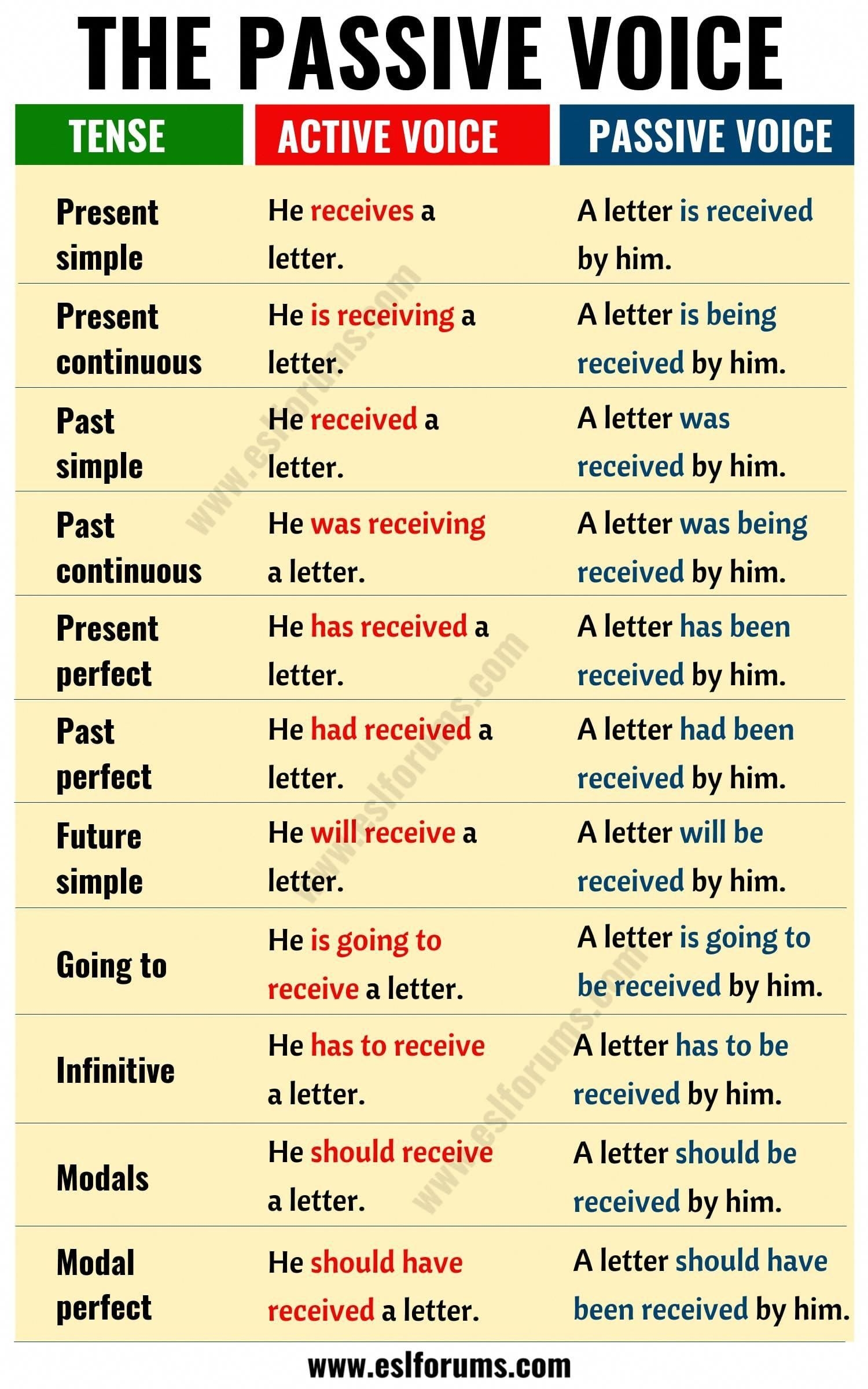In the English language, sentences can be constructed using either active voice or passive voice. Understanding the difference between these two forms of writing is essential for effective communication. Active voice is when the subject of the sentence performs the action, while passive voice is when the subject receives the action. Each type of voice has its own set of rules and usage, which can impact the clarity and tone of a sentence.
Active voice is generally preferred in writing as it is more direct and concise. For example, in the sentence “The cat chased the mouse,” the subject (cat) is performing the action (chased). On the other hand, passive voice can be useful in certain situations, such as when the subject is unknown or when the focus is on the action itself rather than the doer. An example of passive voice is “The mouse was chased by the cat.” In this sentence, the subject (mouse) is receiving the action (chased).
One of the main differences between passive and active voice is the placement of the subject in the sentence. In active voice, the subject typically comes before the verb, while in passive voice, the subject comes after the verb. This can affect the clarity and flow of a sentence, as passive voice sentences can sometimes be more wordy and less engaging. It is important to use active voice whenever possible to make your writing more dynamic and engaging for the reader.
Another factor to consider when choosing between passive and active voice is the level of formality in your writing. Active voice is generally more informal and conversational, making it ideal for storytelling or personal narratives. Passive voice, on the other hand, is often used in academic or scientific writing to emphasize the action rather than the doer. Understanding when to use each type of voice can help you tailor your writing to the appropriate audience and purpose.
In conclusion, passive and active voice are two important elements of English grammar that can greatly impact the clarity and effectiveness of your writing. By understanding the differences between these two forms of writing and knowing when to use each, you can improve the overall quality of your communication. Whether you are writing a novel, an essay, or a research paper, choosing the right voice can make all the difference in engaging your readers and conveying your message effectively.
